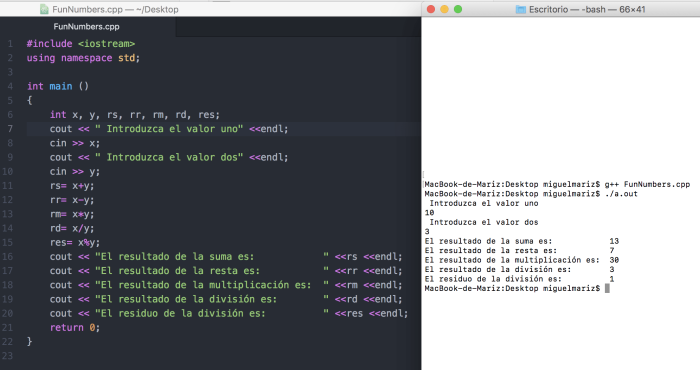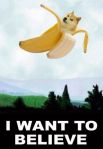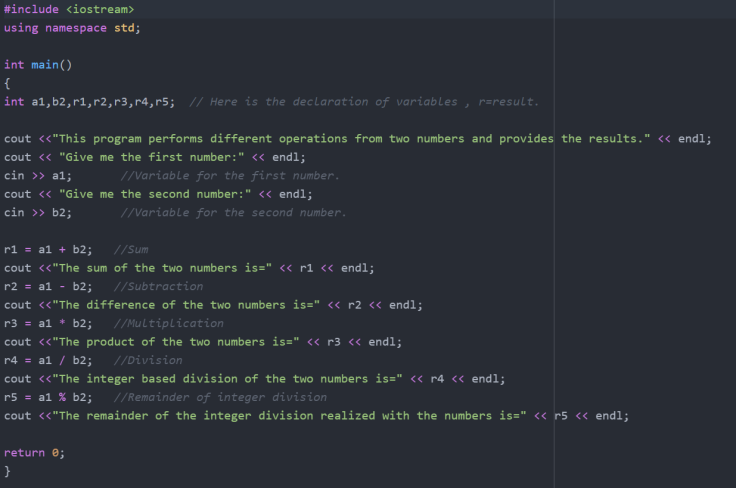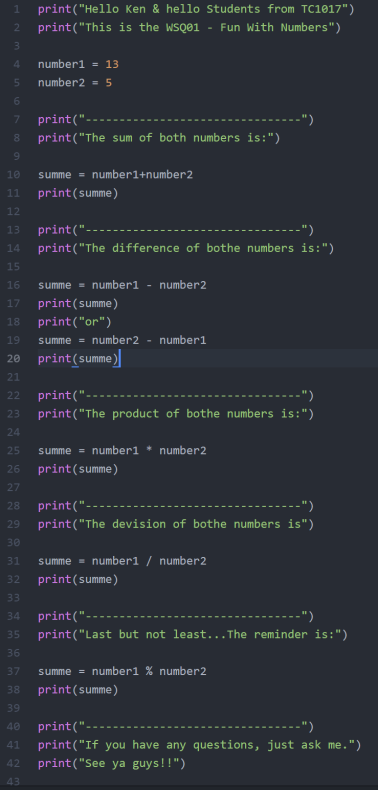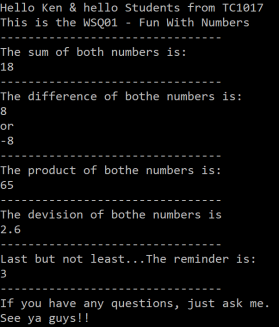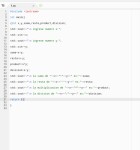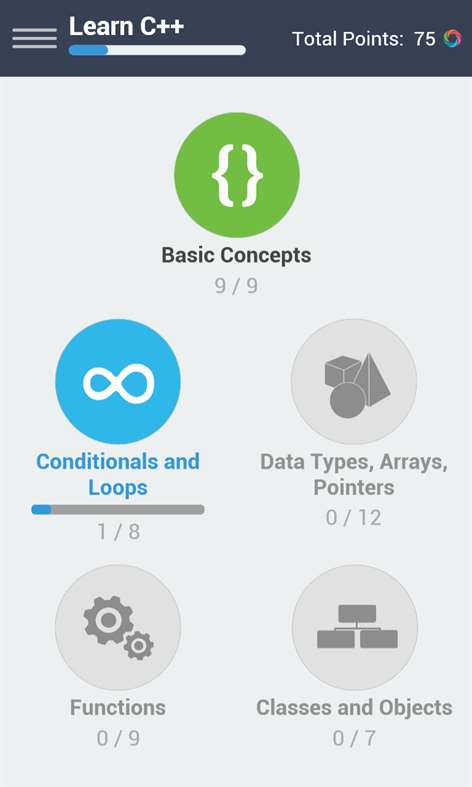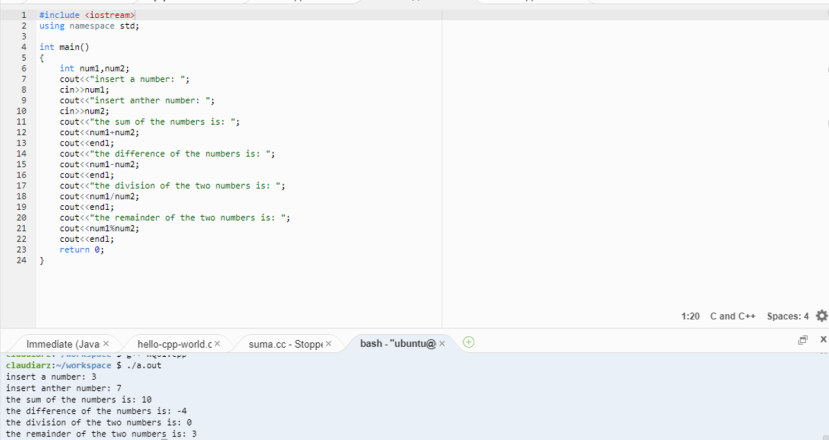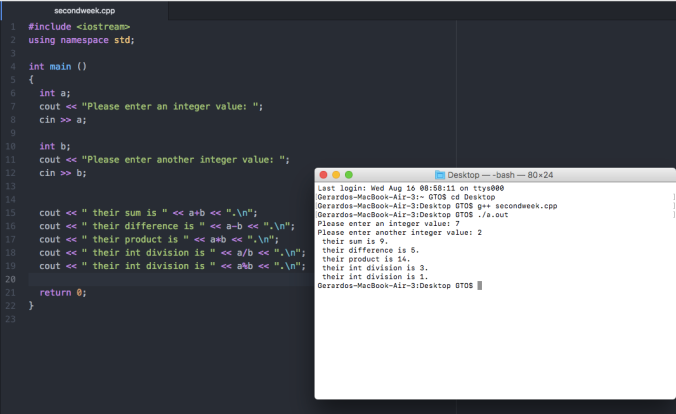--Originally published at Ernesto's Computing Works
Ahora en este programa, que fue el según que hice, programé operaciones matematicas, las 4 mas sencillas y comunes, simplemente trata de que el programa le pida al user 2 números, y cuando se los dé, el programa le de la suma, resta, división, multiplicación y el residuo, como era el segundo programa todavía no sabia bien que hacer así que busque un ejemplo en esta liga: https://www.programiz.com/cpp-programming/examples/add-numbers y si me ayudo, pero para entender algunas dudas le pregunte a mi professor.
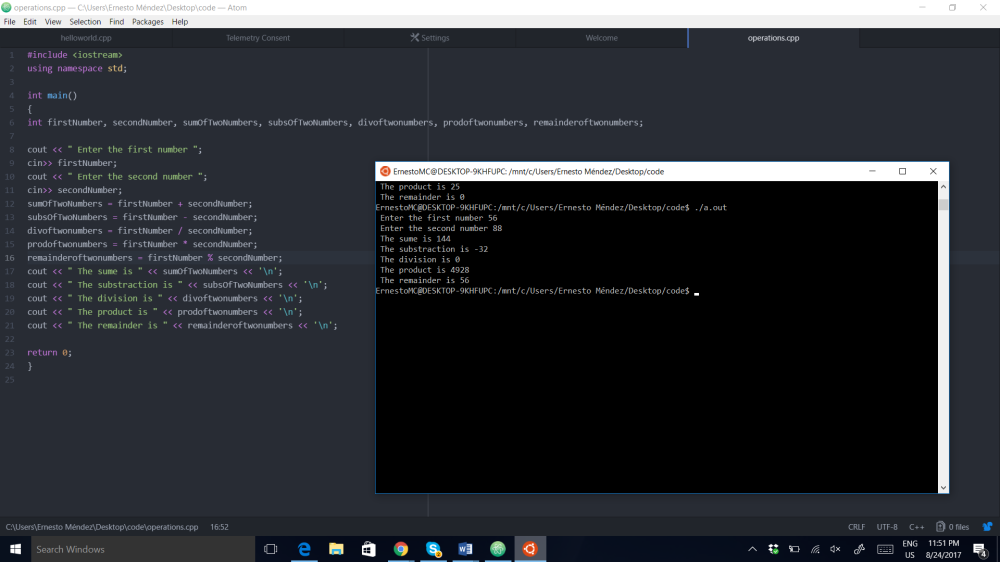
En mi este programa también se pueden apreciar 2 sencillo mastery topics, uno es numero 4 que es el print, en mi programa se aprecia al inicio, después de declarar mis variables, cuando pongo la función cout, al correrlo se desplegara la string que ponga ahí.
Y el opuesto a este es el mastery05, el de input, que su función es que el usuario escriba algo y se guarde como valor de una variable, se representa como cin. Como se puede observar soy capaz de usar a mi antojo estas dos funciones.

